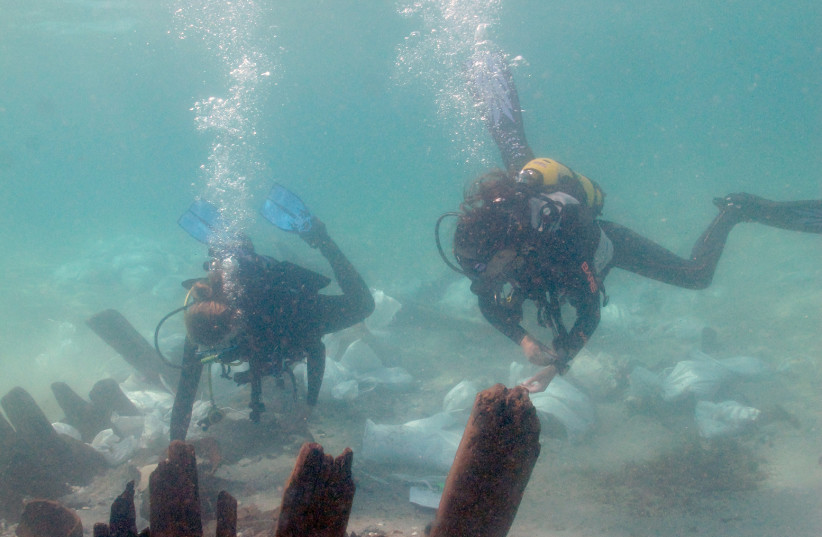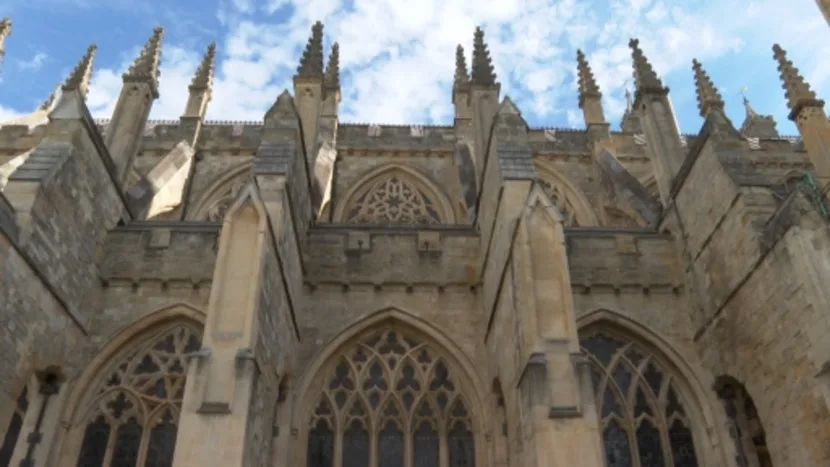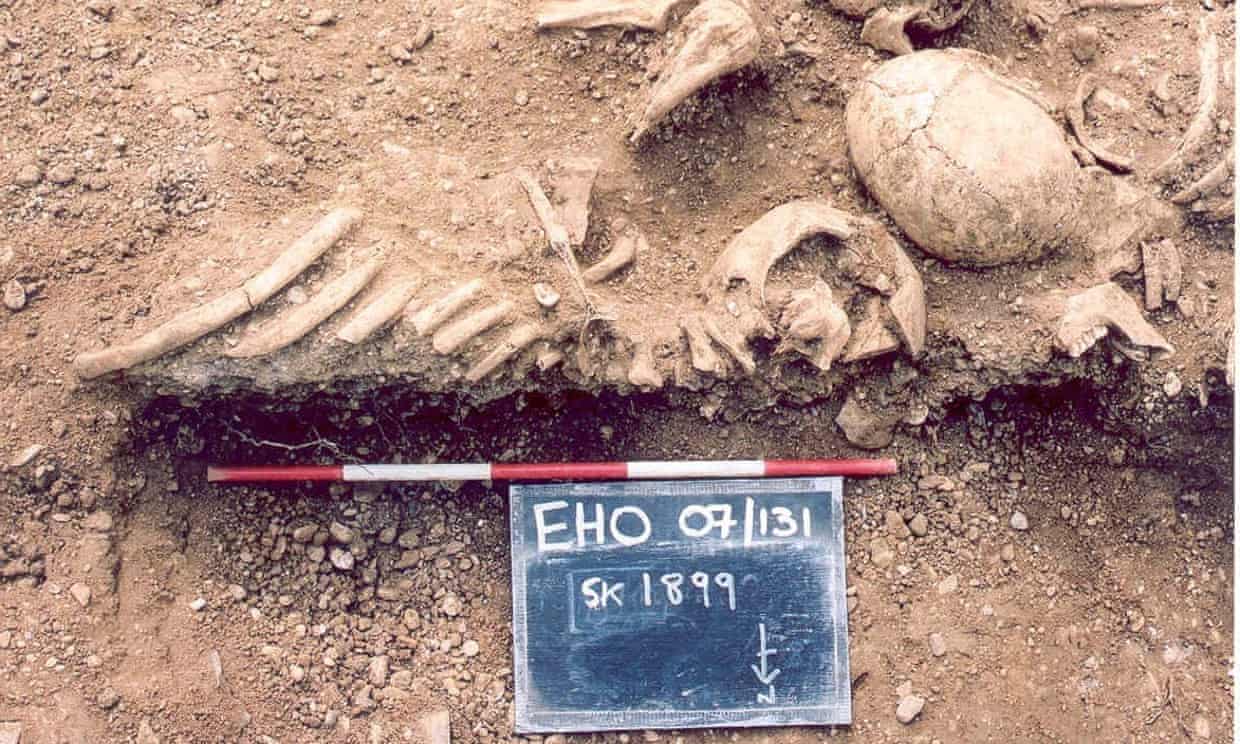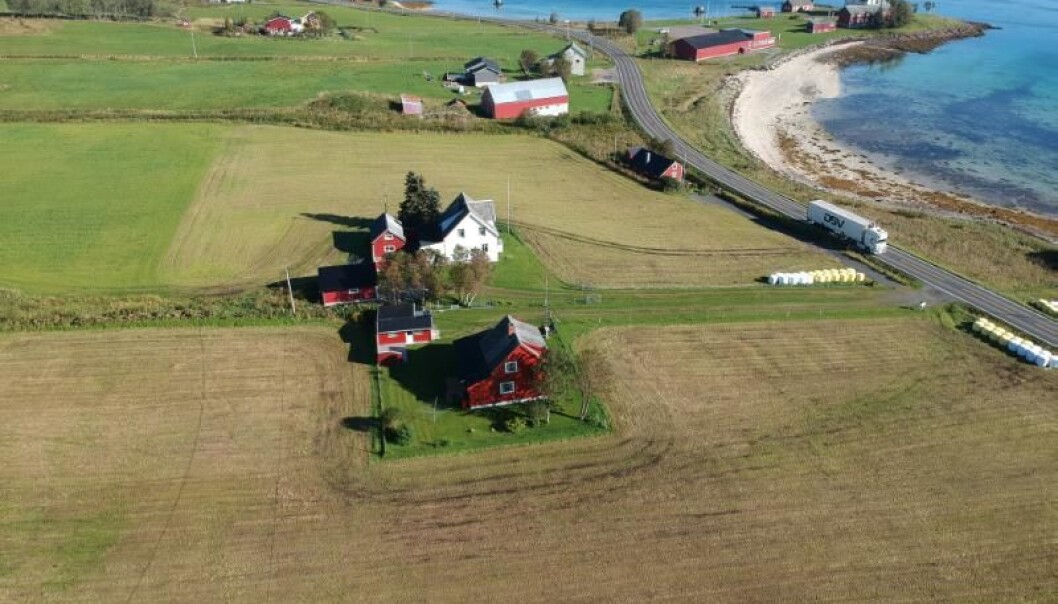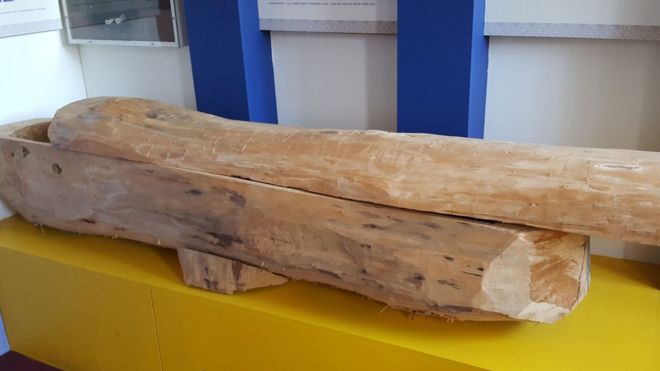The soil samples were taken from the mound construction, in the presumed subsoil
and in the trench for the ship burial [Credit: NIKU]
Recent geoarchaeological and geophysical analysis show that the construction of the Gjellestad ship mound was carefully planned and executed.
Five soil samples from the burial mound have been analyzed by researchers from the Norwegian Institute for Cultural Heritage Research (NIKU) and the University of Oslo. These were taken during excavations done by the Museum of Cultural History during autumn of 2019.
One of these samples was taken from the ship grave itself, from within the layer of soil inside the ship. The other samples were taken from the remnants of the mound that surrounded the ship.
The purpose of the analyses was to determine if these were able to reveal anything about what is visible in the 2018 dataset from the ground-penetrating radar (GPR) examinations, and if this could provide more information about how the mound was constructed.
Read the rest of this article...

